
What's wrong with Woodburning?
Woodsmoke contains exceptionally high levels of many harmful chemicals all of which have well-documented adverse health effects. In fact woodsmoke contains many of the same chemicals as tobacco smoke but in much larger quantities. All of these chemicals are dangerous to our health in isolation but when combined together as they are in wood smoke, they make up a toxic cocktail that harms every organ in our body and affects us at all stages of our lives. All wood-burning stoves produce large amounts of these dangerous compounds – even when dry wood is being burnt.
Woodsmoke is:
- More carcinogenic than tobacco smoke
- Significantly damaging to children's health
- Worsening asthma and significantly contributing to the development of COPD
- Linked to cancer, dementia, heart attacks and strokes.
"Burning wood is contributing to making us ill and making our children ill"
Dr Lucy Reynolds from The Royal College of Paediatrics and Child Health (RCPCH) who have called for wood burning stoves to be phased out. See more here
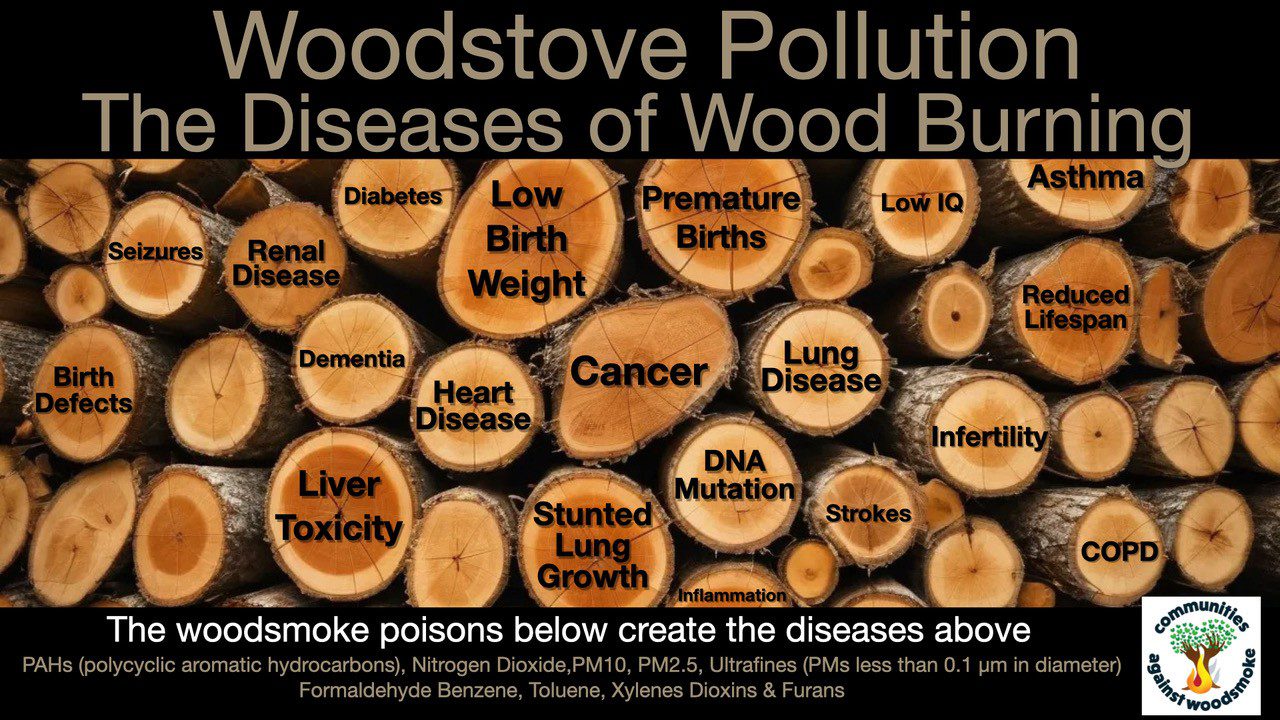
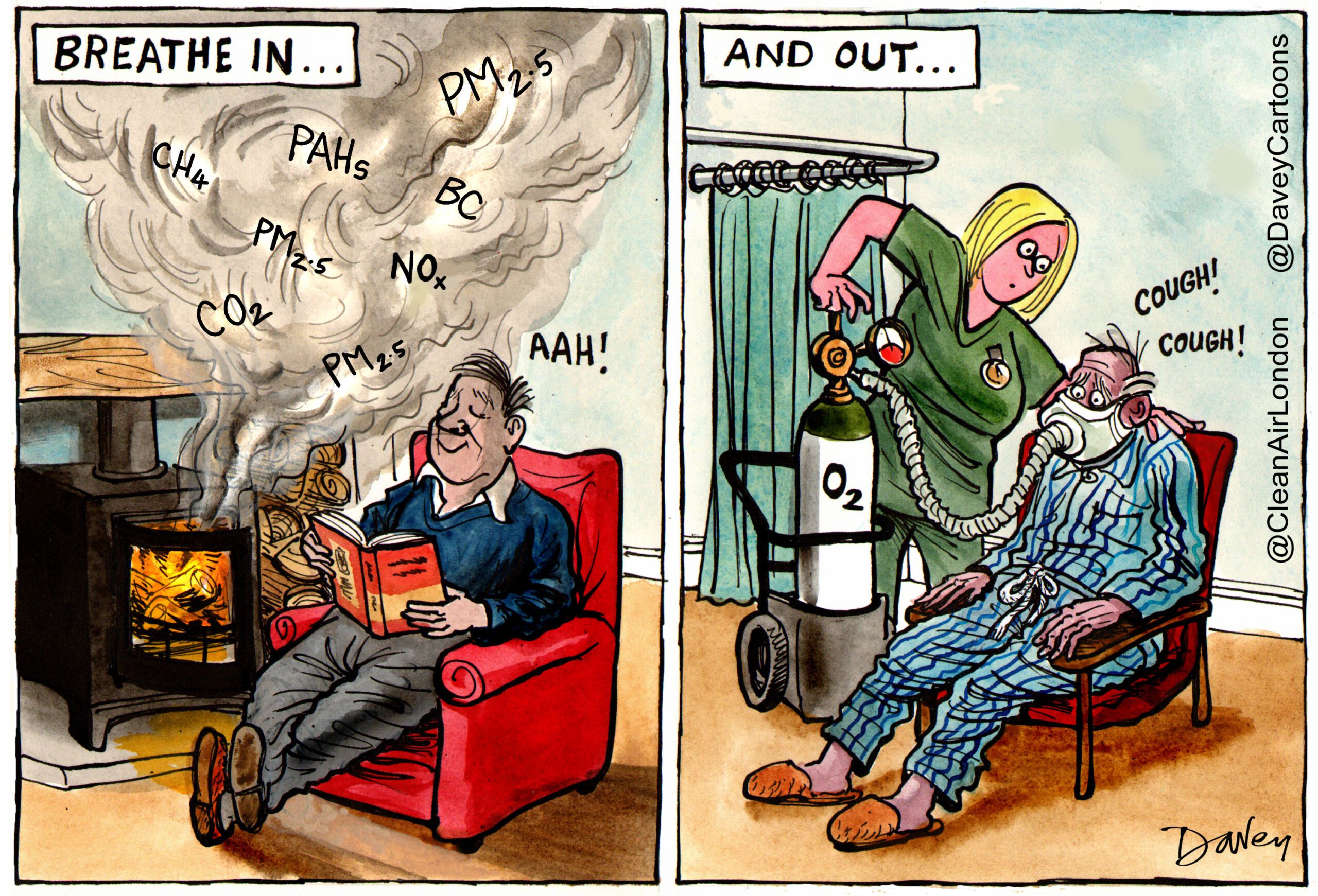
In short, if you’re smelling woodsmoke your health is being damaged.
Homes with DEFRA approved Ecodesign wood-burning stoves are 3 times more polluted than those without. Wood burning constitutes a major health risk to everyone and has been linked to many illnesses.
Did you know?
Why is woodsmoke more carcinogenic than tobacco smoke?
Woodsmoke and tobacco smoke have many of the same hazardous carcinogenic chemicals in common such as NO2, Carbon Monoxide, Formaldehyde, Benzene, Acrolein and Polycyclic Aromatic Hydrocarbons. These chemicals are present in much greater quantities in woodsmoke than in tobacco smoke making wood burning thousands of times worse for your health than smoking cigarettes (see graph below)
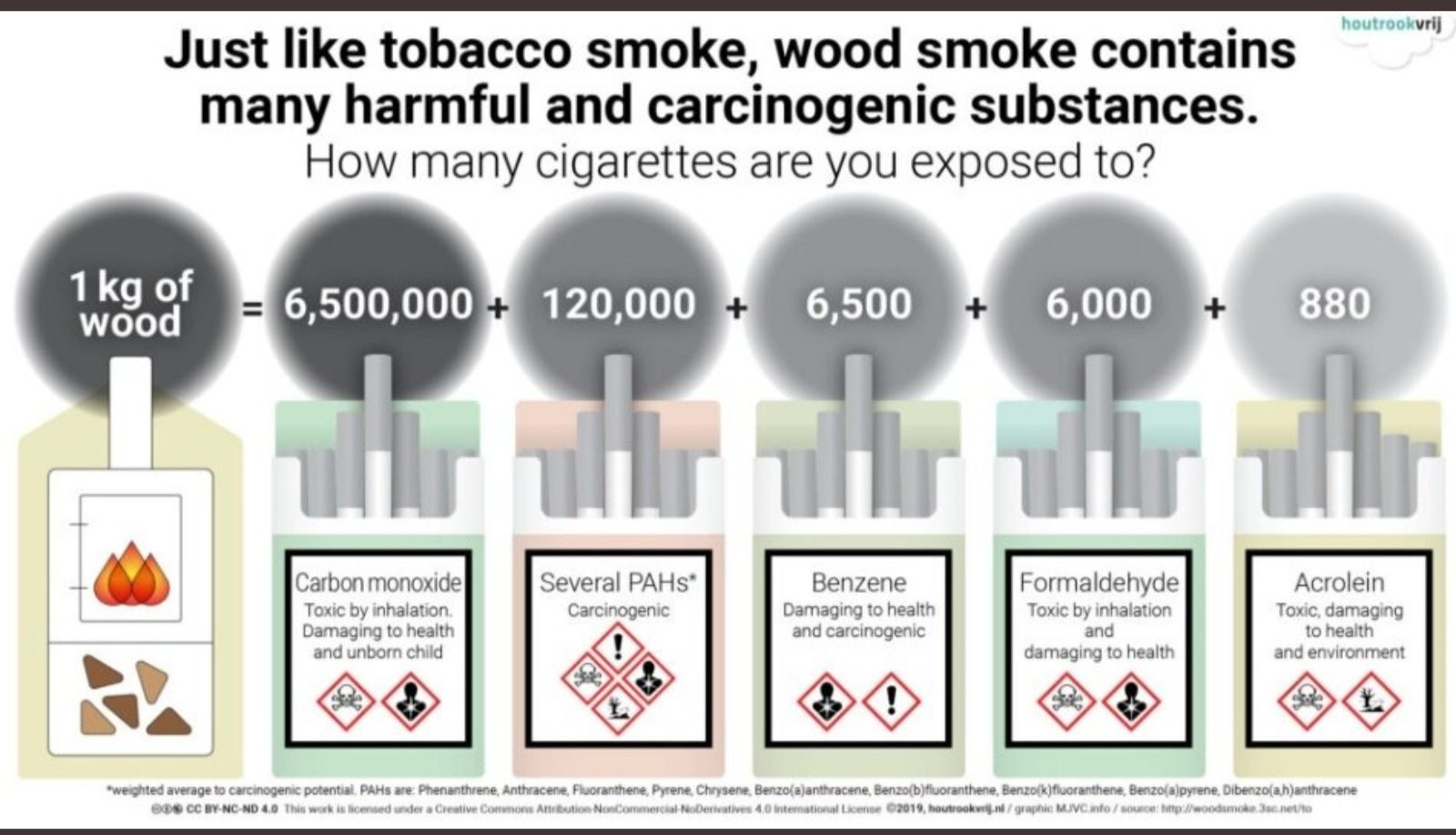

How does wood burning damage children's health?
Children’s respiratory systems are still developing making them much more vulnerable to harmful wood smoke. They breathe more air per pound of bodyweight than adults so they’re breathing in more pollution. They also breathe more rapidly than adults, meaning they take in more polluted air and they spend more time outdoors. Woodsmoke is therefore especially harmful to children. Woodsmoke even affects babies in the womb.
Studies have also shown that children living in homes with wood stoves are more likely to have severe respiratory symptoms. Children exposed to PM emitted from wood burning have the highest lung cancer risk.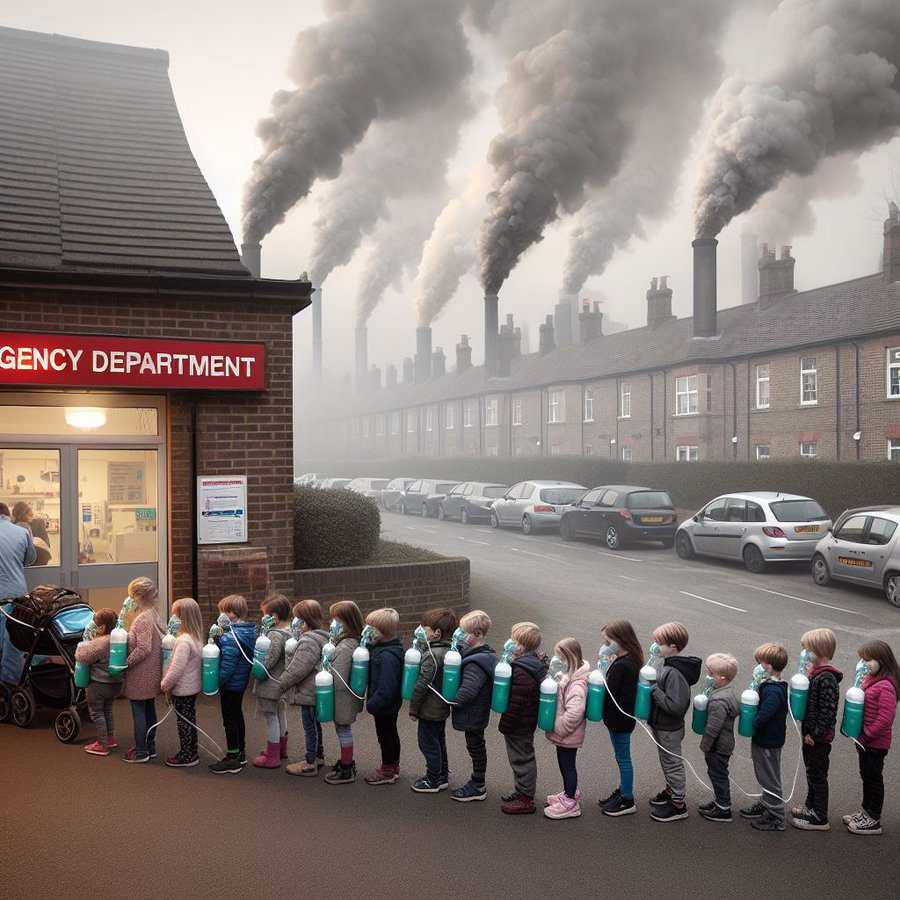
Woodsmoke contains high levels of PAHs (Poly Aromatic Hydrocarbons) which are associated with learning difficulties in children
Woodsmoke contains high levels of PM2.5 (particles which are so small that they’re not visible to the naked eye) and affect lung development in infants and children and increase the risk of lower respiratory infections such as bronchitis and pneumonia. They are also linked to autism spectrum disorder.
Children who are exposed to wood smoke are more likely to develop poor respiratory health and the symptoms of children who already have asthma become worse when they’re exposed to wood smoke. Watch this video to see how childrens’ health is being damaged by PM2.5 which is released in large quantities from wood burning stoves. https://www.youtube.com/watch?v=QcS3ovdsgNI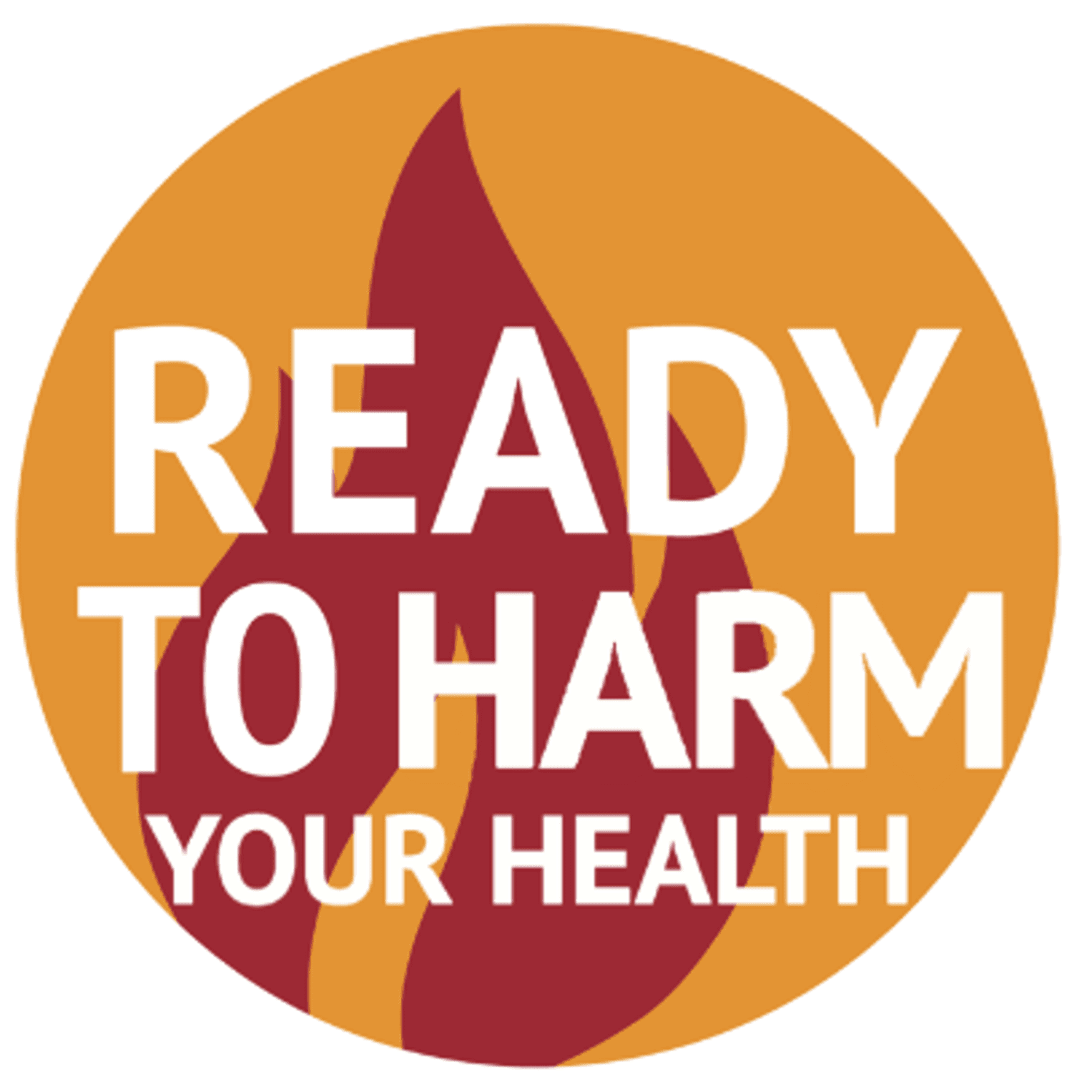
Over 2,500 people in Scotland die early every year due to dirty air. The NHS in Scotland spends an estimated £500 million each year on lung disease, making it the fourth most costly disease area. Wood smoke pollution contributes to these health costs.
Did you know?
How is wood burning harming our health?
How does woodsmoke worsen Asthma and COPD ?
Respiratory Disease is one of the top 3 killers in Scotland with 1 in 5 people being diagnosed at some point in their life with a lung condition. More woodsmoke means more respiratory riskLatest figures from Asthma and Lung UK Scotland state that around 368,000 people are currently receiving treatment for asthma; 296,000 adults, 71,000 children. There are strong links between woodsmoke exposure and the exacerbation of asthma symptoms and other respiratory diseases. Asthma and Lung UK Scotland recently published their own report on domestic burning in Scotland.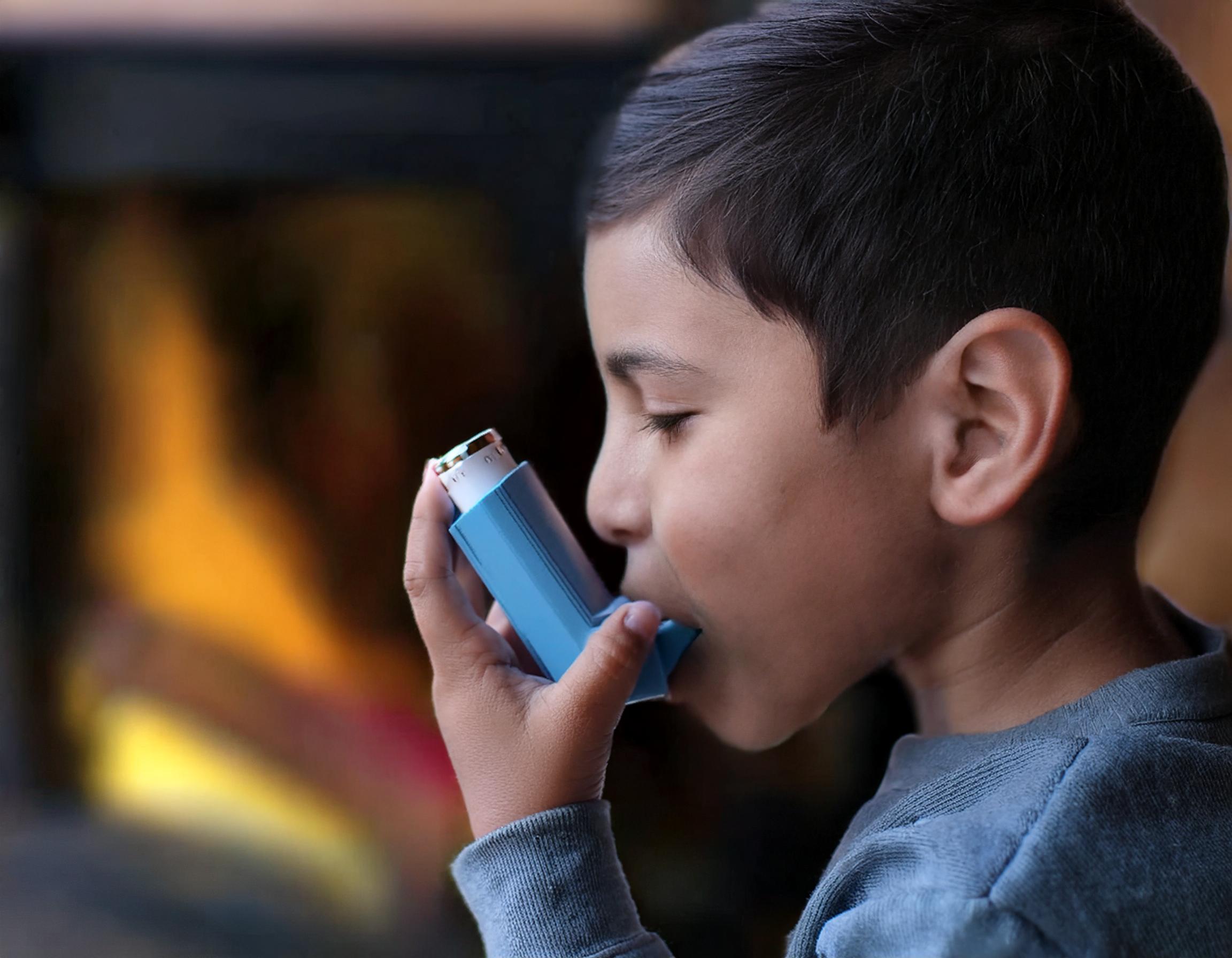
Asthma and Lung UK Scotland figures state that 140,000 people are diagnosed with Chronic Obstructive Pulmonary Disease (COPD) in Scotland. More than 200,000 are estimated to be undiagnosed. Woodsmoke has been linked to COPD and is a major contributory factor in contracting this disease in both men and women
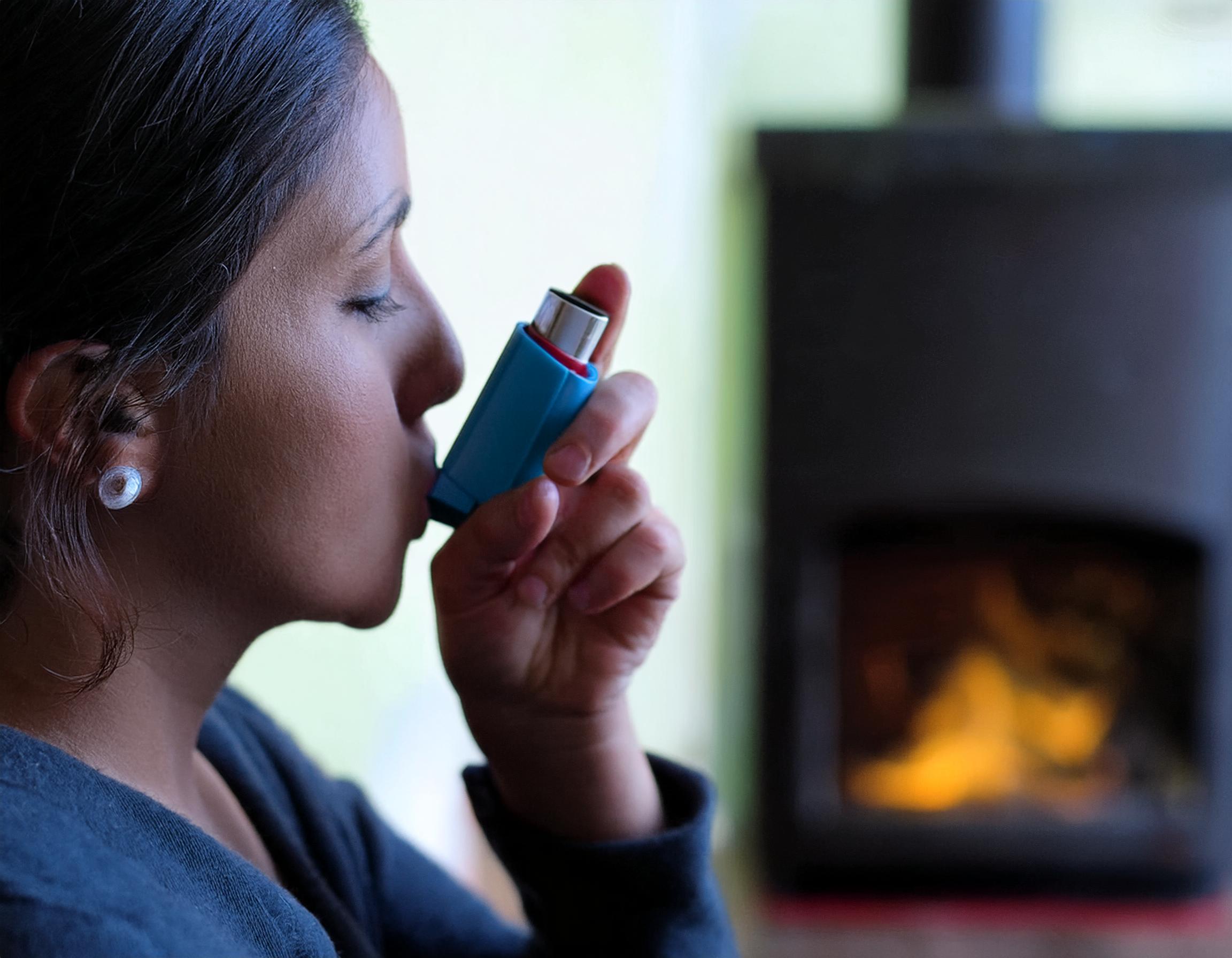
How is woodsmoke linked to Cancer, Dementia, Strokes and Heart Attacks
Cancer
There are many studies linking woodsmoke to cancer mainly because of all the high levels of the many hazardous chemicals (each carrying their own cancer risks) that are emitted when dry or wet wood is burnt. Wood burners cause nearly half of all urban air pollution cancer risks as the most recent study from 2021 has found.
Even occasional indoor wood burning raises lung cancer risk in women by 43% says one study involving 50,000 women.

Raises lung cancer risk by 43%
Dementia
A recent study linking the effects of woodsmoke and dementia, concluded that those participants who lived in the areas with the highest levels of PM2.5 from residential wood burning and who also had a wood-burning stove were more likely to develop dementia. Another study highlights the pathways that show how exposure to woodsmoke is linked to dementia.

Strokes and Heart Attacks
Evidence from many studies around the world has linked PM2.5 to strokes and heart attacks . Because woodsmoke contains such high amounts of PM2.5 it is exceptionally hazardous to our health.
Wood burning has also been linked to osteoporosis due to the high amounts of black carbon that is produced from burning wood. Woodsmoke is linked to many other health conditions

What are other countries doing to safeguard their citizens’ health?
It has been shown that health improvements do happen when people stop using wood burning stoves. One example is from Launceston, Tasmania where homeowners were incentivised to switch from wood heating. It reduced wintertime respiratory deaths by 28% and heart deaths by 20%
The city of Utrecht in the Netherlands is outlawing the use of wood stoves and fireplaces by 2030. The phase out starts in January 2025 when chimney flues will no longer be allowed in new homes.
What we say
Woodsmoke is linked to many life threatening and life changing long term diseases and illnesses. A person who burns wood creates pollution victims of everyone in their neighbourhood. Wood burning in most instances is recreational and not necessary. The burden that is being placed on the NHS in treating the illnesses associated with exposure to this kind of avoidable air pollution is unacceptable. This is a public health issue and a human rights issue that must be addressed.